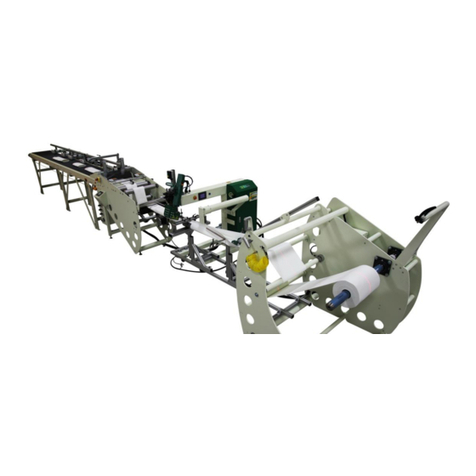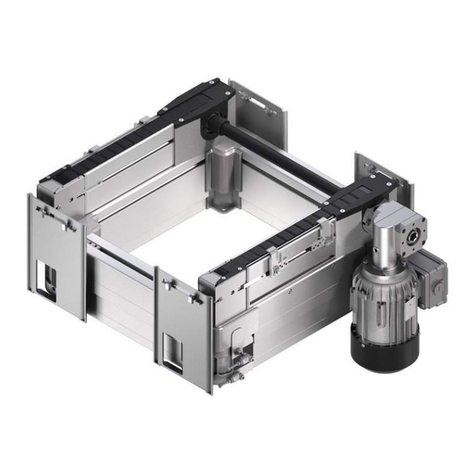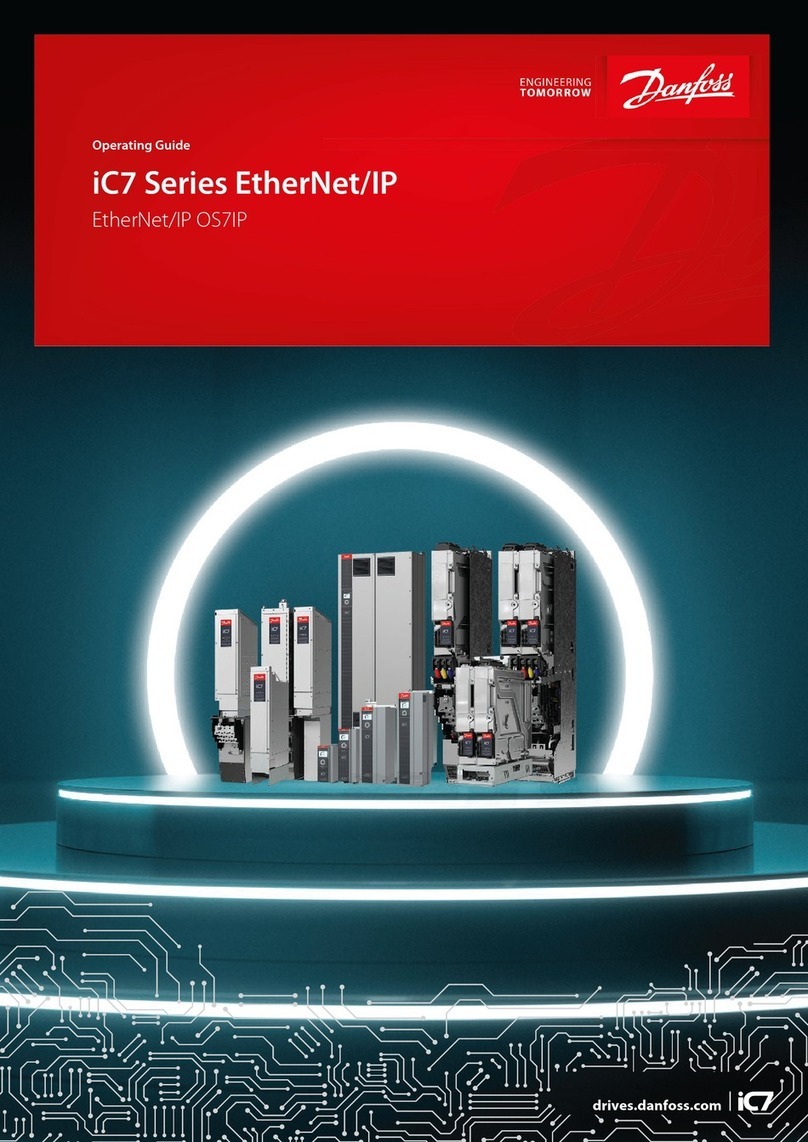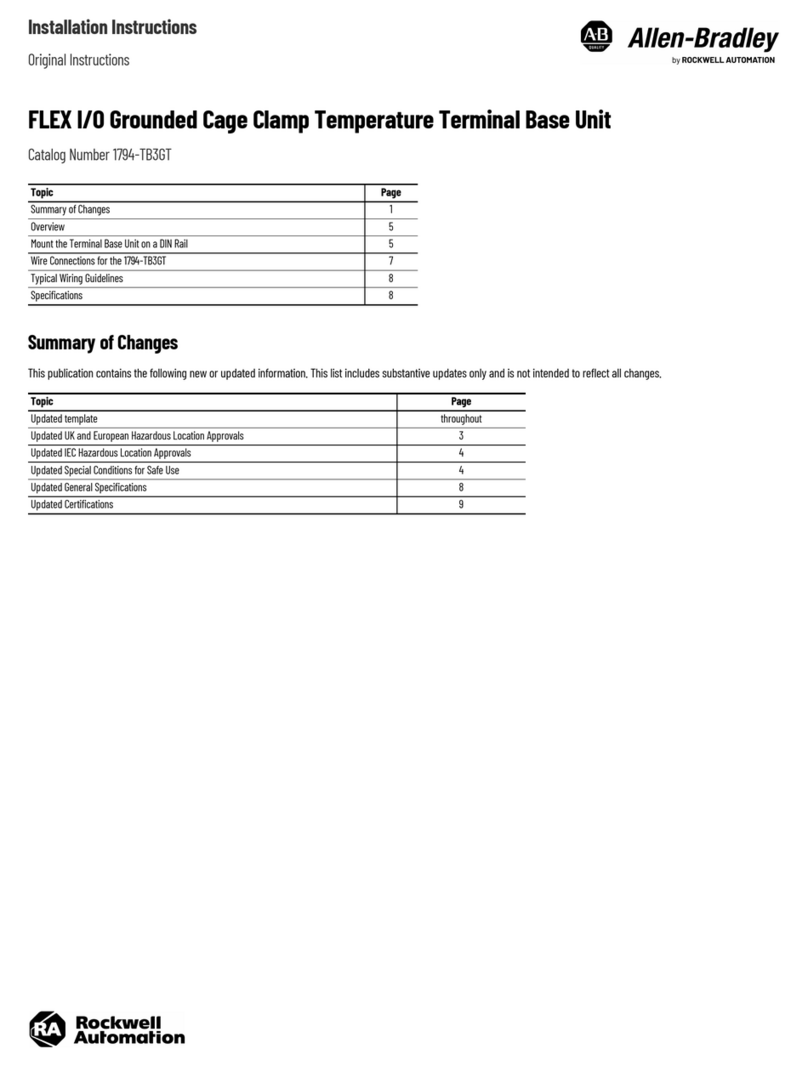Miller Weldmaster SeamVision User manual

Instruction Manual
Page 1
330-833-6739
service@weldmaster.com
www.weldmaster.com
This instruction manual is intended to be a guide when operating the SeamVision.
To ensure optimal performance from your welder, please follow the recommenda-
tions and specifications precisely.
You can also subscribe to Miller Weldmaster Insiders to stay updated on tech tips,
machine maintenance updates, and more at www.weldmaster.com/insiders.

Instruction Manual
Page 2TABLE OF CONTENTS
Chapter 1: Intended Use
Chapter 2: Principles of Heat Sealing
Chapter 3: Definition of Controls
Chapter 4: Machine Flow Chart
Chapter 5: Maintenance
Chapter 6: Transportation Specs and Storage
Page 3
Page 4
Pages 5-6
Page 6
Page 7
Pages 8-9
Page 9
Table of Contents

Instruction Manual
Page 3
1.0 Intended Use
CHAPTER 1 INTENDED USE
The Seam Vision system is an affordable and accurate solution for conventional and automation
systems that require non-contact temperature measurements. It is a real time monitoring system that
immediately identifies thermal problems that would otherwise go undetected. Its built-in logic makes
it ideal for product and process monitoring in quality and reliability assurance programs.
The Seamvision technology is used in the automotive, semiconductor/electronics, and food and
pharmaceutical industries for inspection and has been adapted and developed by Miller Weldmaster
for the industrial fabrics and technical textile industries. The Seamvision System works by precisely
measuring the intensity of the flow of photons from the fabric through the atmosphere to the optics
of the detector to actively monitor a welded seam in real-time as the process occurs. The Seam
Vision system then provides real time data back to the operator for the refinement to maintain
consistent seams. The Seamvision System will provide alarm information for post production testing.
The manufacturer does not approve of:
• Any other uses for these machines.
• Unauthorized modification of the machines.
Only a properly-trained technician may operate and/or perform any routine
maintenance or repairs to the machines.
NOTE: The manufacturer will not be held liable for any damage or injuries occurring
from any inappropriate use of this machine.

Instruction Manual
Page 4CHAPTER 2 PRINCIPALS OF HEAT SEALING
2.0 Principals of Heat Sealing
Heating System
The Heat required for the welding operation is created electrically by hot air or hot wedge. Both methods
apply heat to the material to be welded.
Speed
The Speed of the Weld Rollers determines the amount of time the heat is applied to the material being
welded. The slower the speed setting, the more the material will be heated. The faster the speed setting,
the less the material will be heated. To achieve the best weld, a minimal amount of heat should be ap-
plied to the material while still achieving a full weld. Too much heat will cause distortion of the material;
while not enough heat will prevent the material from welding.
Pressure
The pressure of the weld roller is the final step when creating a weld. The pressure of the weld roller
compresses the heated material together completing the welding process.
Summary
When heat sealing, the correct combination of heat, speed, and pressure will allow you to achieve a
properly welded seam.
ALWAYS PERFORM A TEST WELD!

Instruction Manual
Page 5 CHAPTER 4 DEFINITION OF CONTROLS
Setup
Seam Temp Average: This shows the average temperature that the Seam
Vision is capturing.
Sensor Delay: Once the nozzle or wedge swings into position, the Sensor
Delay will delay the Seam Temp Average reading until set point is reached.
Sensor Delay will be adjusted by operator to desired setting.
Seam Temp High Alarm: This will allow you to create a window that if the
Seam Temp Average rises above desired setting will trigger the Light Stack
signal and/or Bell Alarm. The High Alarm will be adjusted by operator to
desired setting.
Seam Temp Low Alarm: This will allow you to create a window that if the
Seam Temp Average falls below desired setting will trigger the Light Stack
signal and/or Bell Alarm. The Low Alarm will be adjusted by operator to
desired setting.
Data Log: This, when activated, will allow you to save any Seam Temp
data.
Transfer Data: This will allow you to move any Seam Temp data collected
to a thumb drive.
Bell Alarm: This will sound when Seam Temp Average falls below or rises
above the desired alarm settings window.
Delete Data: This will allow you to get rid of any Seam Temp data
collected on a thumb drive.
3.0 Definition of Controls
Setup
Recipe
Recipe
Recipe Data Load: When using different material this will allow you to
load different Seam Temp High/Low Alarm settings previously saved.
Recipe Data Edit: This will allow you to edit previously saved Seam Temp
High/Low Alarm settings.
Recipe Data Save: This will allow you to save the current Seam Temp
High/Low Alarm settings for different materials. You can save up to 10
products.

Instruction Manual
Page 6CHAPTER 4 DEFINITION OF CONTROLS
3.0 Definition of Controls
Operator Control
This is the home screen and will show your live temperature along
with the Average Seam Temp, the Seam Temp High/Low Alarm set-
tings, and the current Recipe Data selected. You can access the Setup
screen as well using the orange icon in the bottom right corner.
Operator Control
This screen, when selected through the Sensor Delay, Seam Temp
High Alarm, Seam Temp Low Alarm and the Sample Rate icons, will
allow you to edit the desired settings for each feature.
Seam Temperature
The Seam Temperature line graph will show the Average Seam Temp
in relation to how long the Sample Rate is set.
Sample Rate: This is used to increase or decrease the time for re-
cording the Average Seam Temp.
Seam Temperature

Instruction Manual
Page 7 CHAPTER 5 MACHINE FLOW CHART
4.0 Machine Flow Chart

Instruction Manual
Page 8CHAPTER 6 MAINTENANCE
5.0 Maintenance
Sensor & Laser Positioning
The sensor measures the average temperature of a circular area within the two lasers. The slot on
the provided mounting bracket will allow for adjustment of the size of the area to be measured. The
lasers will rotate and their distance from one another will change as the sensor is moved closer
and farther away from the surface to be measured, however the sensing area always remains a
complete circle.

Instruction Manual
Page 9 CHAPTER 6 MAINTENANCE
5.0 Maintenance
Electrical Circuits
1. When replacing parts and components, you must use the part or components
of the same type as the original or equivalent to the original type. Original equipment
replacement parts should be purchased through Miller Weldmaster and or a Miller
Weldmaster authorize distributor.
2. To avoid damaging the control module, Display and Operating Panel, never plug or
unplug the cables connecting the PLC, Display and Operating Panel while the power
is on.
3. If there is any fault that cannot be removed, please immediately contact the service
department at Miller Weldmaster.
NOTICE: By not properly maintaining the machine, the performance may be effected. Please
contact Miller Weldmaster with any questions.
6.0 Transportation Specs and Storage
Storage
The manufacturer recommends that any time the machine is not in use, it must be protected from
excess dust and moisture. The operator should familiarize themselves with the warning symbols on
the machine to be alert to the potentially hazardous areas on the machine.
NOTE: The manufacturer will not be held liable for any damage or injuries occurring from any
inappropriate use of this machine.

Instruction Manual
Page 10
CHAPTER 8 MACHINE SPECIFICATIONS
NOTES:_________________________________________________________________
_______________________________________________________________________
_______________________________________________________________________
_______________________________________________________________________
_______________________________________________________________________
_______________________________________________________________________
_______________________________________________________________________
_______________________________________________________________________
_______________________________________________________________________
______________________________________________________________________
_______________________________________________________________________
_______________________________________________________________________
_______________________________________________________________________
_______________________________________________________________________
_______________________________________________________________________
_______________________________________________________________________

Instruction Manual
Page 11 CHAPTER 9 MAINTENANCE
NOTES:_________________________________________________________________
_______________________________________________________________________
_______________________________________________________________________
_______________________________________________________________________
_______________________________________________________________________
_______________________________________________________________________
_______________________________________________________________________
_______________________________________________________________________
_______________________________________________________________________
______________________________________________________________________
_______________________________________________________________________
_______________________________________________________________________
_______________________________________________________________________
_______________________________________________________________________
_______________________________________________________________________
_______________________________________________________________________

Instruction Manual
Page 12CHAPTER 9 MAINTENANCE
NOTES:_________________________________________________________________
_______________________________________________________________________
_______________________________________________________________________
_______________________________________________________________________
_______________________________________________________________________
_______________________________________________________________________
_______________________________________________________________________
_______________________________________________________________________
_______________________________________________________________________
______________________________________________________________________
_______________________________________________________________________
_______________________________________________________________________
_______________________________________________________________________
_______________________________________________________________________
_______________________________________________________________________
_______________________________________________________________________

Instruction Manual
Page 13 CHAPTER 9 MAINTENANCE
NOTES:_________________________________________________________________
_______________________________________________________________________
_______________________________________________________________________
_______________________________________________________________________
_______________________________________________________________________
_______________________________________________________________________
_______________________________________________________________________
_______________________________________________________________________
_______________________________________________________________________
______________________________________________________________________
_______________________________________________________________________
_______________________________________________________________________
_______________________________________________________________________
_______________________________________________________________________
_______________________________________________________________________
_______________________________________________________________________
Table of contents
Other Miller Weldmaster Industrial Equipment manuals
Popular Industrial Equipment manuals by other brands

3M
3M 3M-Matic 8000af Instructions and parts list
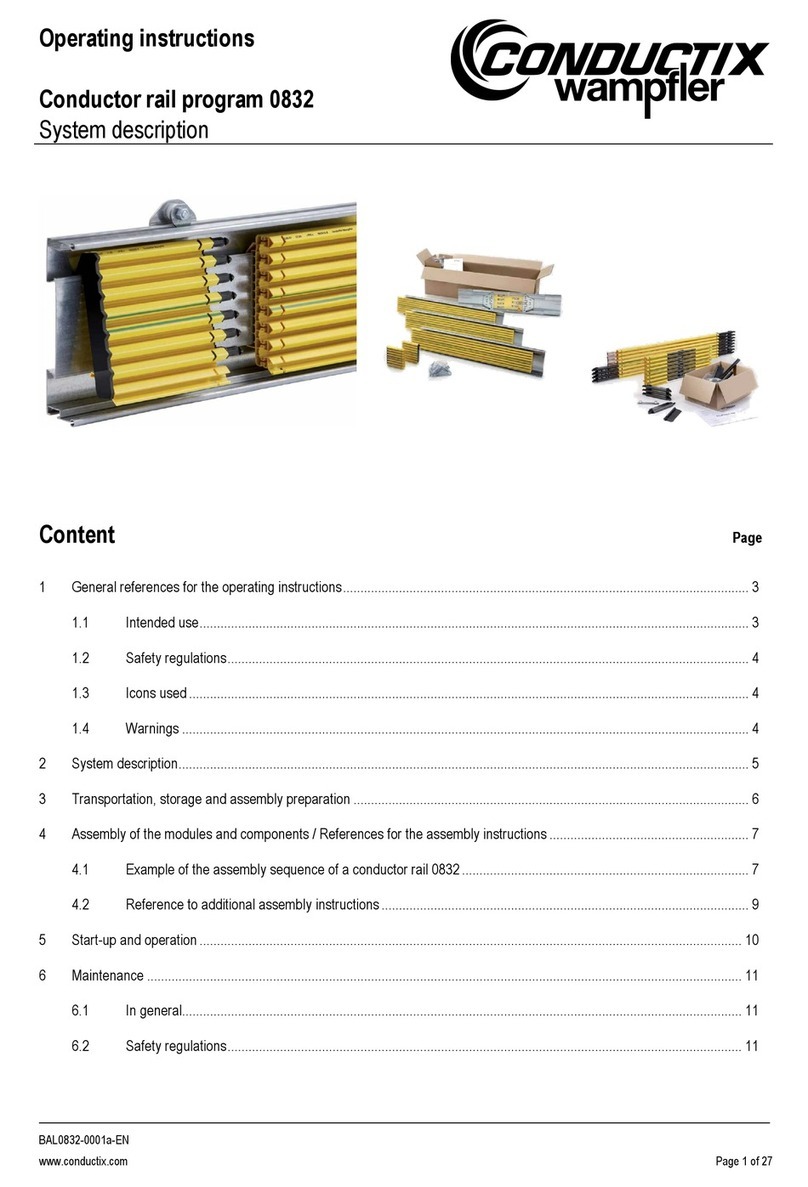
Conductix-Wampfler
Conductix-Wampfler 0832 operating instructions
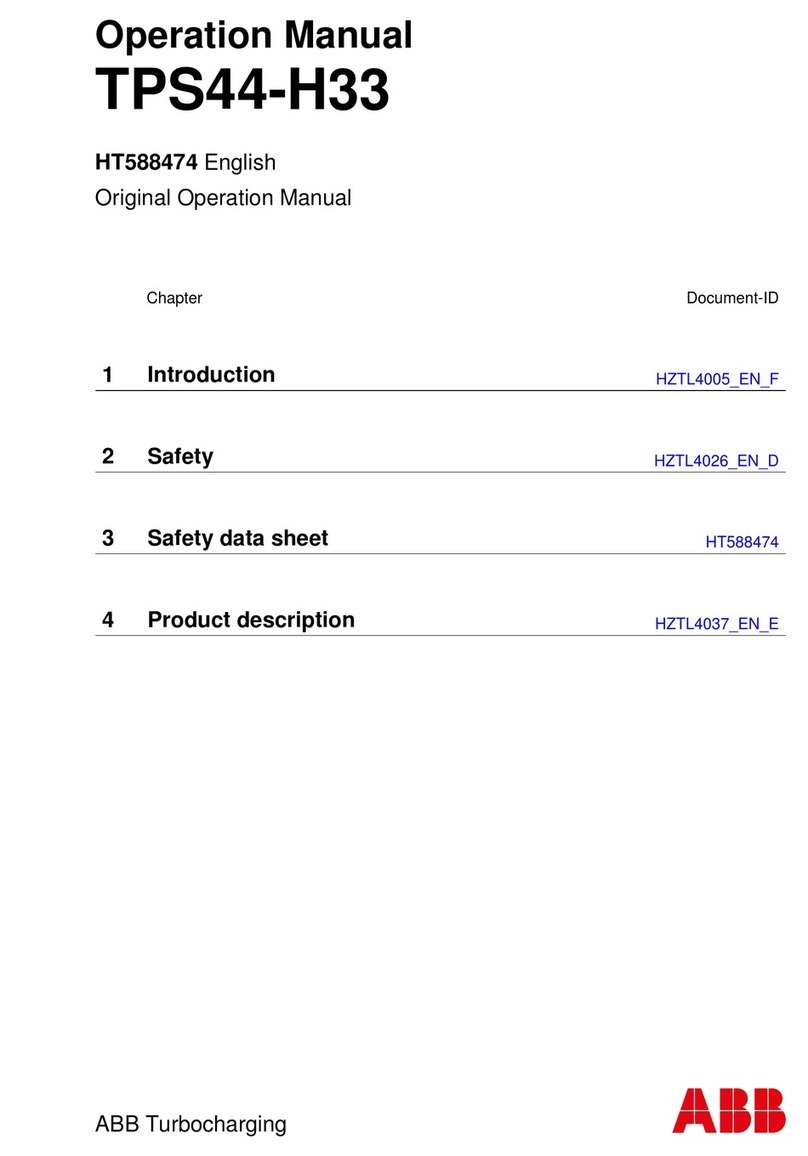
ABB
ABB HT588474 Operation manual
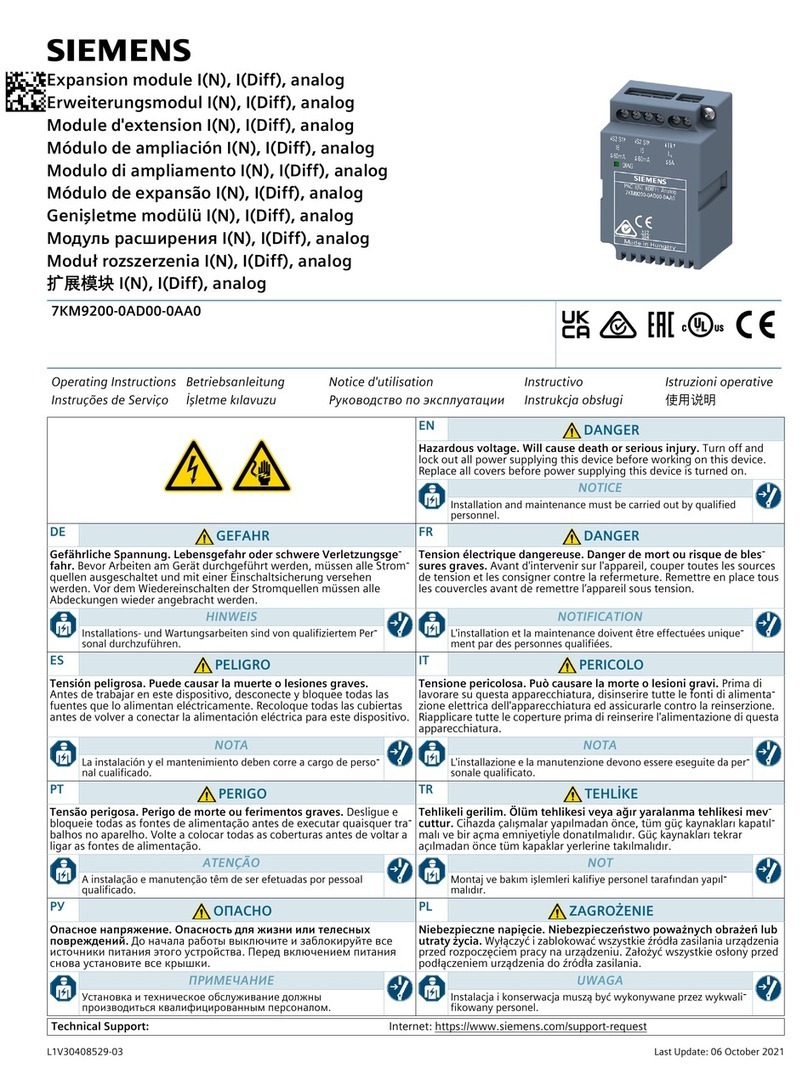
Siemens
Siemens 7KM9200-0AD00-0AA0 operating instructions
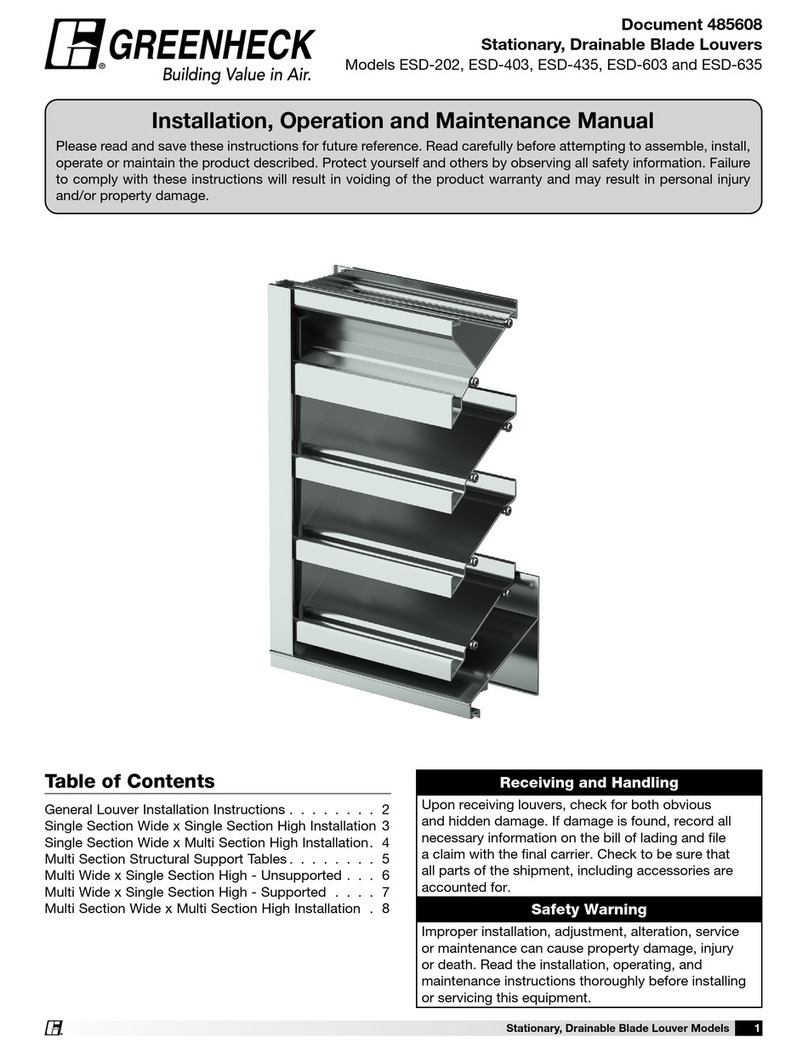
Greenheck
Greenheck ESD-202 Installation, operation and maintenance manual
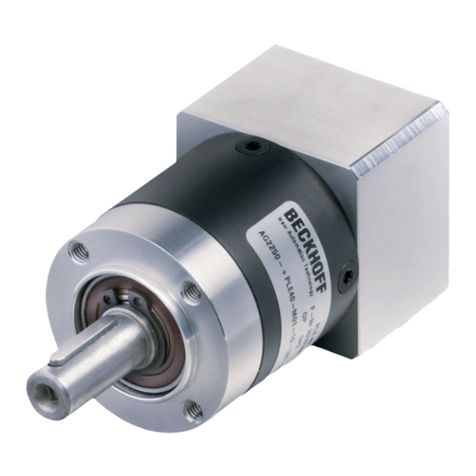
Beckhoff
Beckhoff AG2250 operating instructions

ABB
ABB HT612854 Operation manual
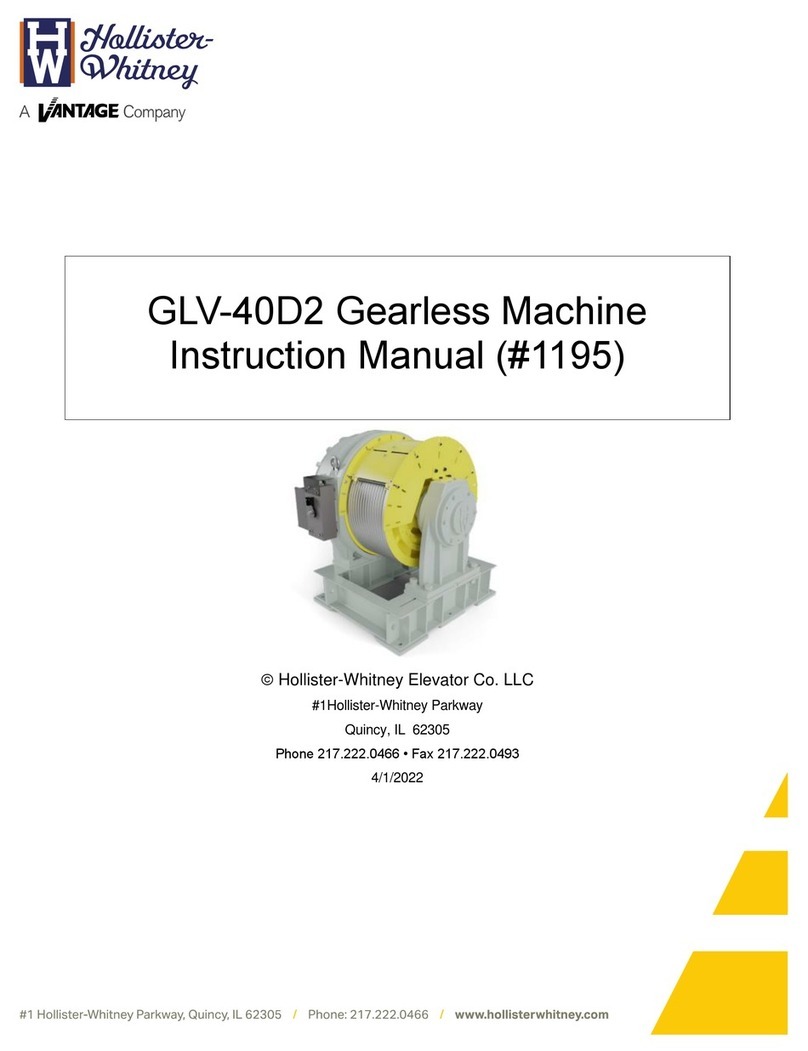
Vantage Hearth
Vantage Hearth Hollister-Whitney GLV-40D2 instruction manual

Hofmann
Hofmann geodyna 6300 instructions
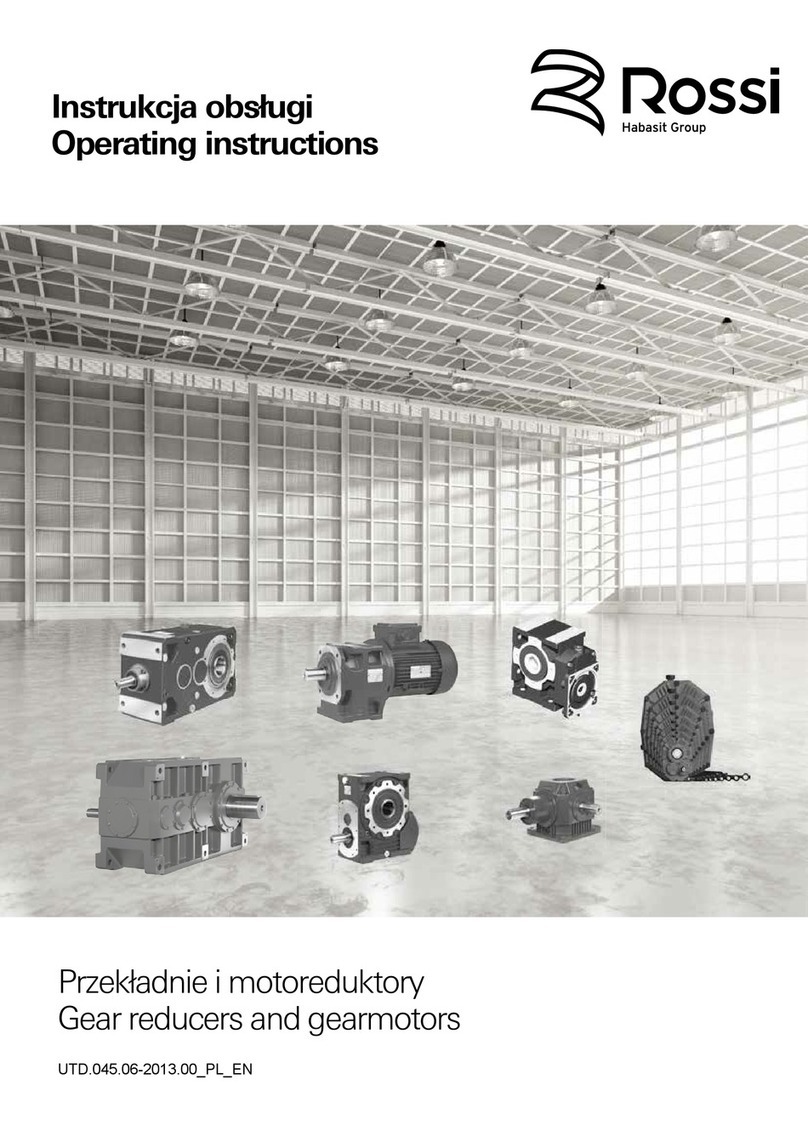
Habasit
Habasit Rossi MR V Series operating instructions
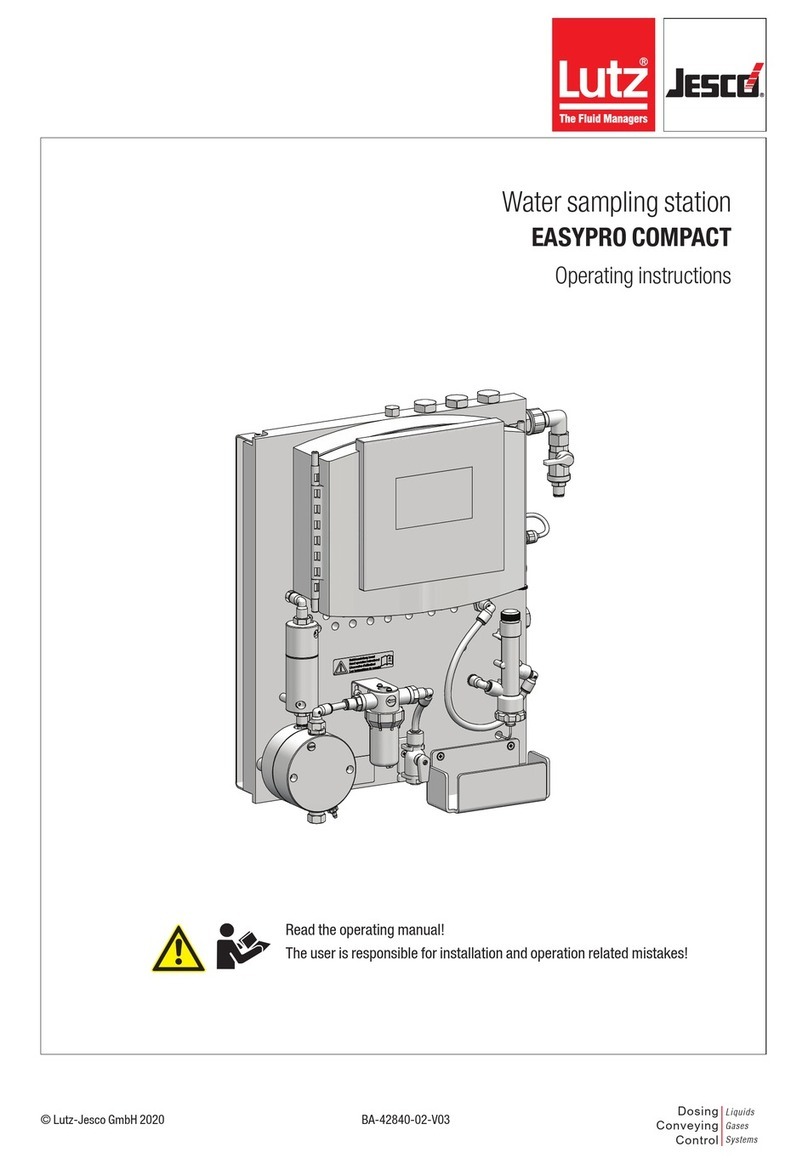
Lutz-Jesco
Lutz-Jesco EASYPRO COMPACT operating instructions
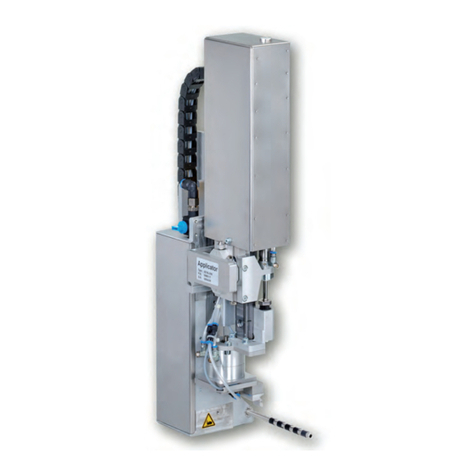
CAB
CAB 4214 Series Assembly instructions
